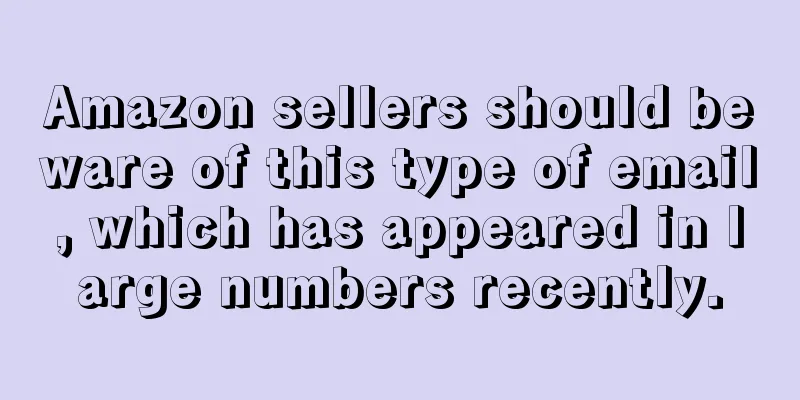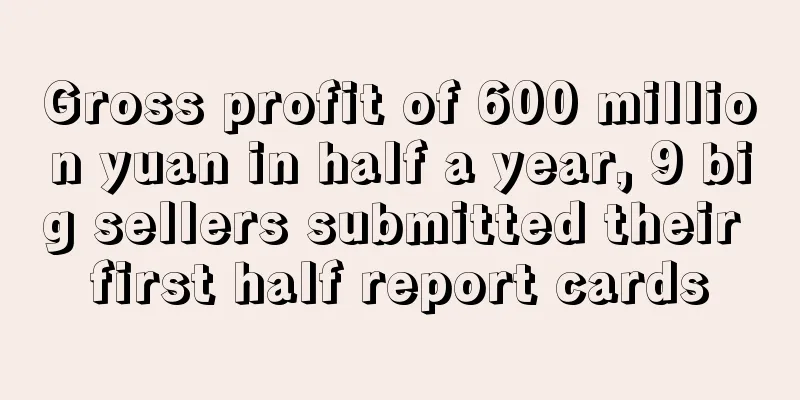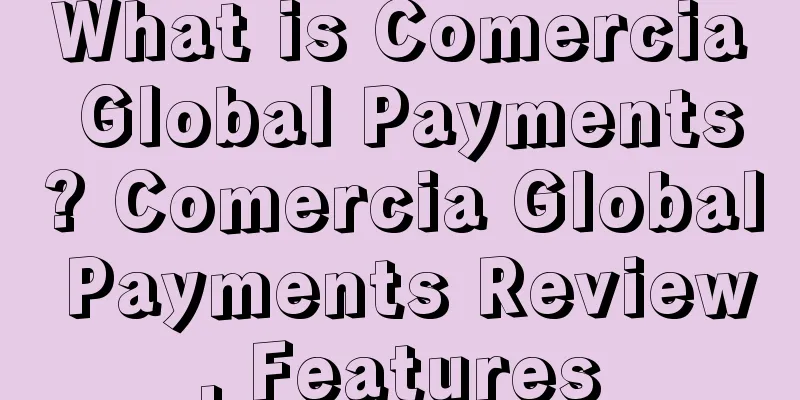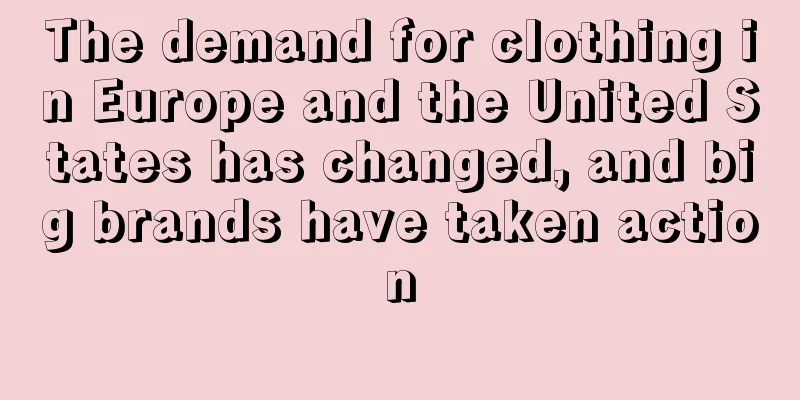Amazon sellers should beware of this type of email, which has appeared in large numbers recently.

|
Recently, an email made many Amazon sellers worried and uneasy.
A large number of sellers have received such emails. Is this a problem for their account security?
Recently, a large number of sellers reported that they had received emails similar to this ↓
The email said that in order to comply with the new US Consumer Information Act and Section 1 of the Amazon Business Solutions Agreement , Amazon needs to verify the seller's primary deposit method on the Amazon website. This will ensure that the seller's account complies with legal regulations and ensure the security of ongoing payments.
Why do you need to do this ?
The email stated that the U.S. Consumer Information Act requires online marketplaces, including Amazon, to collect and verify certain information from a large number of third-party sellers. This verification is necessary to meet U.S. federal law requirements and protect sellers' accounts from unauthorized changes.
According to the email, sellers need to go through a short verification process to verify their deposit method: 1. Click the "Start" button on the email page and log in to the seller's Seller Central account; 2. After logging in, a "Verification Requirements" pop-up box will appear; 3. Follow the instructions on the screen to complete the process.
Because of the account security issues involved, the sellers who received the email were all terrified. One seller said with lingering fear: "This email title can scare people to have a heart attack." Another seller said: "I was still groggy early in the morning, but as soon as I saw the email, I lost all my sleepiness in an instant."
However, it didn’t take long for some sellers to keenly notice the anomaly in the email:
The emails were sent from [email protected], but Amazon's official email suffix is mainly @ amazon.com, with nothing in front of amazon. In addition, some sellers found that some emails also had spelling errors, with the start button "get started" written as "get stated" or "get stared".
Obviously, this is a phishing email from a third party.
However, some sellers were in a hurry and did not notice these inappropriate aspects and clicked the button directly. Although no sellers have reported losses at present, it is difficult to say whether there will be hidden dangers in the future. Therefore, sellers must not click on such emails with button links in the future.
In addition, in the future, whenever sellers receive emails from unknown and unidentified sources, they should first go to the case list and account performance section in the background to carefully check and verify. They must follow the information presented in the Amazon background and must not rashly believe the content of the email and act rashly, so as to avoid falling into unknown risk traps.
There are three ways to identify Amazon phishing emails
In fact, no matter how realistic the disguise is, the fake will eventually be exposed. Yien has collected and sorted out some online methods for identifying Amazon phishing emails, as follows:
1. View sender information
1. Email address
1. Genuine Amazon emails usually come from official domains, such as "@ amazon.com ". The sender's email address of phishing emails may have slight differences, such as "@ amaz0n.com " (the number 0 replaces the letter o), "@amazon-support.com " (with some unofficial character combinations), etc. Carefully checking the spelling and domain name of the sender's email address is a critical first step.
2. Some phishing emails use email addresses that look very similar to Amazon-related email addresses, such as imitating Amazon seller support email addresses, but are actually fake domain names, which may be similar domain names registered by hackers or fraudsters.
2. Sender display name
The sender display name of a legitimate Amazon email is usually clear and unambiguous, such as "Amazon Seller Support" or "Amazon Payments." If the display name is obscure, misspelled (such as "Amazone Seller Center"), or uses some strange combinations (such as "Amazon Seller Assist++"), it is likely to be a phishing email.
2. Check the email content details
1. Language and Grammar
1. Amazon's official emails are generally standardized in language and grammatically correct. Phishing emails may have some strange words, grammatical errors or sentences with a strong translation accent. For example, "Your account have been blocked" (the correct sentence should be "Your account has been blocked").
2. Some phishing emails may use exaggerated or threatening language, such as "Your store will be shut down immediately if you don't click this link now." This kind of urgent and coercive expression rarely appears in regular Amazon emails.
2. Link Check
Don't click on links in emails. Hover your mouse over the link (but don't click it) to see the actual address of the link. A genuine Amazon link will usually start with " https://www.amazon.com/ " or a related official subdomain. Phishing links may point to strange, non-Amazon websites, such as starting with an IP address (such as " http://192.168.1.100/ ") or containing some incomprehensible character combination (such as "https://amazonsupport-fake.com/ ").
(III) Information Requested
Amazon rarely asks sellers to provide sensitive information such as passwords, credit card numbers, verification codes, etc. via email. If an email asks for this information, it can be basically determined to be a phishing email. Even if the email looks official, do not provide this key information easily.
3. Email format and style
1. Brand identity
Genuine Amazon emails will have clear Amazon branding, including the company logo (Amazon's iconic orange arrow logo), correct color scheme (primarily Amazon brand-related colors). Phishing emails may have blurred or incorrect branding, or no branding at all.
2. Email layout
The layout of official Amazon emails is usually more standardized and neat, in line with Amazon's consistent design style. Phishing emails may have a chaotic layout, inconsistent fonts, or contain a large number of advertisements, irrelevant pictures and other messy elements.
Sellers should always be vigilant and develop a good habit of carefully checking emails to avoid being defrauded by phishing emails. At the same time, if there is any doubt about the authenticity of the email, it is best to contact seller support directly through the Amazon official website to verify.
Amazon's real email suffix, look for these three
In most cases, sellers can immediately discern the authenticity of Amazon emails after receiving them , because Amazon’s real email suffixes are mainly the following:
1. @ amazon.com
This is the main Amazon official email suffix. For example, sellers may receive emails from Amazon's Seller Support team, and the email format may be "[email protected]". These emails are usually used to communicate important matters related to the seller's account, such as policy updates, sales performance feedback, account security reminders, etc.
2. @ payments.amazon.com
Mainly involves information related to Amazon payments. When sellers handle payment transactions such as collection, refund, payment method verification, etc., they may receive emails from this domain. For example, when verifying the seller's bank account information for receiving sales payments, the relevant notification may come from an email address with the suffix "@ payments.amazon.com ".
3. @ amazon-services.com
This email domain may be used for communications related to various services provided by Amazon. For example, when sellers use Amazon's advertising services (such as Amazon Advertising ) or other value-added services such as FBA (Fulfillment by Amazon) service updates, logistics-related notifications, etc., they will receive emails from this type of email address.
However, it should be noted that even these seemingly authentic email domains may have forged senders. Therefore, it is still necessary to combine the sender's complete email address, email content and other factors to determine the authenticity of the email. Amazon phishing emails |
<<: How big is the big bet! Another category is booming
>>: Shopee’s 12.12 birthday sale ends, with 12 million items sold in just 2 minutes
Recommend
Amazon launches one-time pickup password to ensure delivery security
The safety of express parcels during delivery has...
2022 Hot Products Prediction! Pinterest Announces Hot Search Categories
Pinterest, which has 400 million users worldwide ...
After paying a £1 customs duty, the seller received a fine of 26,900 yuan
It is reported that the seller initially commissi...
USPS Connect Launches Next-Day Delivery Option
According to foreign media reports, USPS is launc...
Due to low usage, Google Translate has withdrawn from mainland China!
Recently, many users reported that Google Transla...
Customs restricts entry! Many products are being removed from Amazon and other platforms
According to information on the UK government'...
Amazon announces closure of in-car delivery service for Prime users
Recently, according to foreign media reports, Ama...
Three clothing infringement cases were exposed, these "same styles" cannot be sold!
The most popular category for global cross-border...
Another North American e-commerce giant retreats
In recent years, bankruptcy, closure and withdraw...
What is Shenzhen Jiya Supply Chain Co., Ltd.? Shenzhen Jiya Supply Chain Co., Ltd. Review, Features
Shenzhen Jia Supply Chain Co., Ltd. focuses on on...
Active users on the platform reached 41.8 million at the end of the quarter! Zalando raises its full-year outlook for the first quarter
According to foreign media reports, German e-comm...
Wish is in trouble again, with a large number of electrical products accused of having safety hazards
As we all know, product safety issues have always...
Shopify announced a massive layoff of 1,000 people, CEO: I was wrong...
On July 26, Canadian e-commerce platform Shopify ...
It is said that Anker has entered a new track, and Xiaomi’s former technical director is in charge
"Hello, your meal has been delivered, please...
"Mom's style" becomes a trendy item! A 10-year-old clothing factory "turns around" in three months by making SHEIN
As the saying goes, clothing comes first among th...









